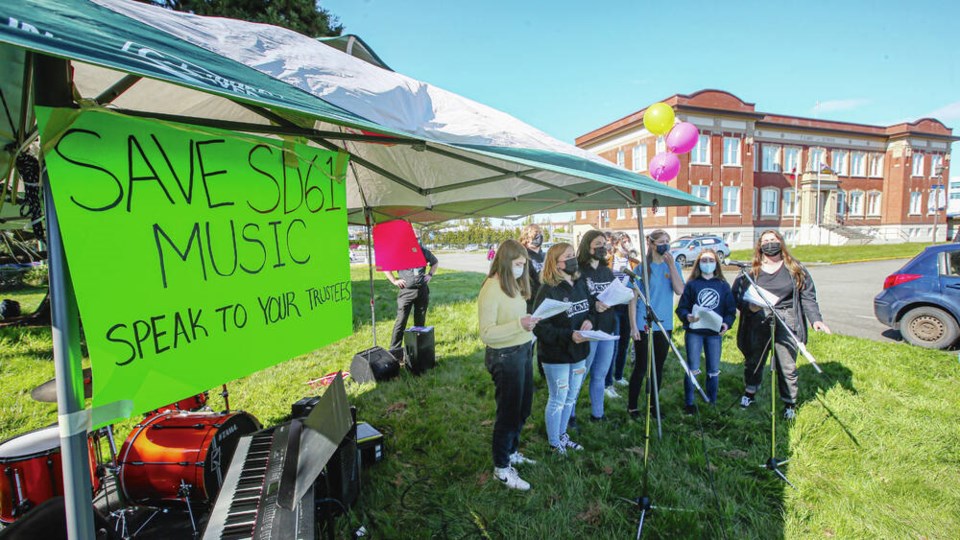“A school district’s community relations program is not about selling anything. The public has bought and paid for public education — what we owe them is the courtesy of an explanation.”
That’s the advice the long-time community relations co-ordinator for Vancouver School District gave me in the mid-seventies, when, after I did some op-ed and editorial writing for a Lower Mainland daily, the superintendent of the day asked me to take on the development of a community-relations program for the school district in which I was teaching.
What the Vancouver community relations co-ordinator told me changed my way of thinking about the importance of an active school district community relations program — which, he advised me, is diametrically different from a “public relations” program.
He also told me that notwithstanding printed materials, speeches by trustees or carefully curated media releases, what matters most in terms of parents and others forming opinions about a school or school system is what reception they receive at a school or school board office.
Research in the seventies revealed that the most successful programs were ones where school principals and central office personnel had developed the skills necessary to communicate effectively with their community of teachers, parents, non-parents, print and broadcast media and local businesses.
General district information or response can’t replace the kind of trust direct central office or school-based information provides — the kind of information that displaces the rumour mill every time.
The importance of effective school district community relations was echoed again recently in an analysis of the common factors that contributed to the success of the highest-performing school systems among 79 countries on the Programme for International Student Assessment (PISE).
The report by Geoff Masters, head of the Australian Council for Educational Research, identified a school system community relations program as a significant element in “a jurisdiction’s ability to achieve its aspirations for students,” adding that “their learning also depends on the support available from the broader ‘ecosystem’ within which schools work.”
In his analysis, Masters explained that a learning ecosystem means parents, professional associations, community organizations, universities, non-government organizations, businesses, ministries of education, regional and municipal education offices —“in fact, any organization or stakeholder capable of contributing to the work of schools.”
In other words, if a school system is keeping the people paying for it well-informed, the trust that information creates “can make a significant contribution to the creation of learning environments and the achievement of desired learning outcomes,” Masters said.
Researchers into school and school district community relations programs agree that when a community feels connected to its schools, it is more likely to be confident about school districts’ policies and practices and in individual schools’ teaching and learning processes.
A community that feels connected and invested in its schools can foster a sense of belonging for students.
Politically, a community that has come to value its school system and its schools is more likely to stand behind its school board when the board provides its rationale for needing additional funding.
Beyond that — and research is clear about this — communication with both the parent and non-parent community, depending on the nature of what is being communicated, is a shared responsibility between the board chair, the superintendent, the principal of the school involved and a designated communications officer, with the operative word being “shared.”
When those in authority are silent or are perceived as having been gagged on an issue or an incident, more questions will be asked than answered. The media can then be forgiven for filling in the gaps with information derived from any number of other sources.
For a school or school system to earn the trust of its wider “learning ecosystem,” it first must create an environment of trust within the components of its own organization.
It is a well-established fact that schools and school systems that have earned and enjoy the trust of both their own internal and external communities are more likely to do what is best to help their students achieve.
That is what both the parent and non-parent community has bought and paid for — it feels it has a right to expect the courtesy of an explanation from a reliable and authoritative source.
Geoff Johnson is a former superintendent of schools.
>>> To comment on this article, write a letter to the editor: [email protected]

.jpg;w=120;h=80;mode=crop)


